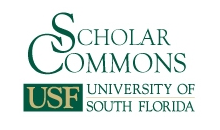Abstract
This study examines the medieval roots of European anti-Semitism as a precondi- tion for the Holocaust. The twelfth century saw an important transition from Jews being viewed as the adherents of a competing religion to dangerous, inhuman threats to the broader Christian society for the first time. Northern France is used as a case study, examining several Jewish, Christian, and secular primary sources to understand the factors leading to gradual Jewish dehumanization. Growing Church influence and resulting restrictions forced some Jews into what would become their stereotypical occupation of moneylending. Lacking awareness of this broader process and as a result of Church propaganda, the Christian majority came to see Jews as a threat associated with foreign and supernatural enemies. Ultimately, both the people and rulers found the victimization of Jews desirable, culminating in the burning of the Jews of Blois and their expulsion from the French Royal Domains. These results help to explain the beginning of a centuries-long process which had already dehumanized Jews by the time that the Nazis redefined and racialized anti-Semitism in the early twentieth century.
Recommended Citation
Tuckwood, Christopher
(2010)
"From Real Friend to Imagined Foe: The Medieval Roots of Anti-Semitism as a Precondition for the Holocaust,"
Genocide Studies and Prevention: An International Journal:
Vol. 5:
Iss.
1:
Article 6.
Available at:
https://digitalcommons.usf.edu/gsp/vol5/iss1/6



